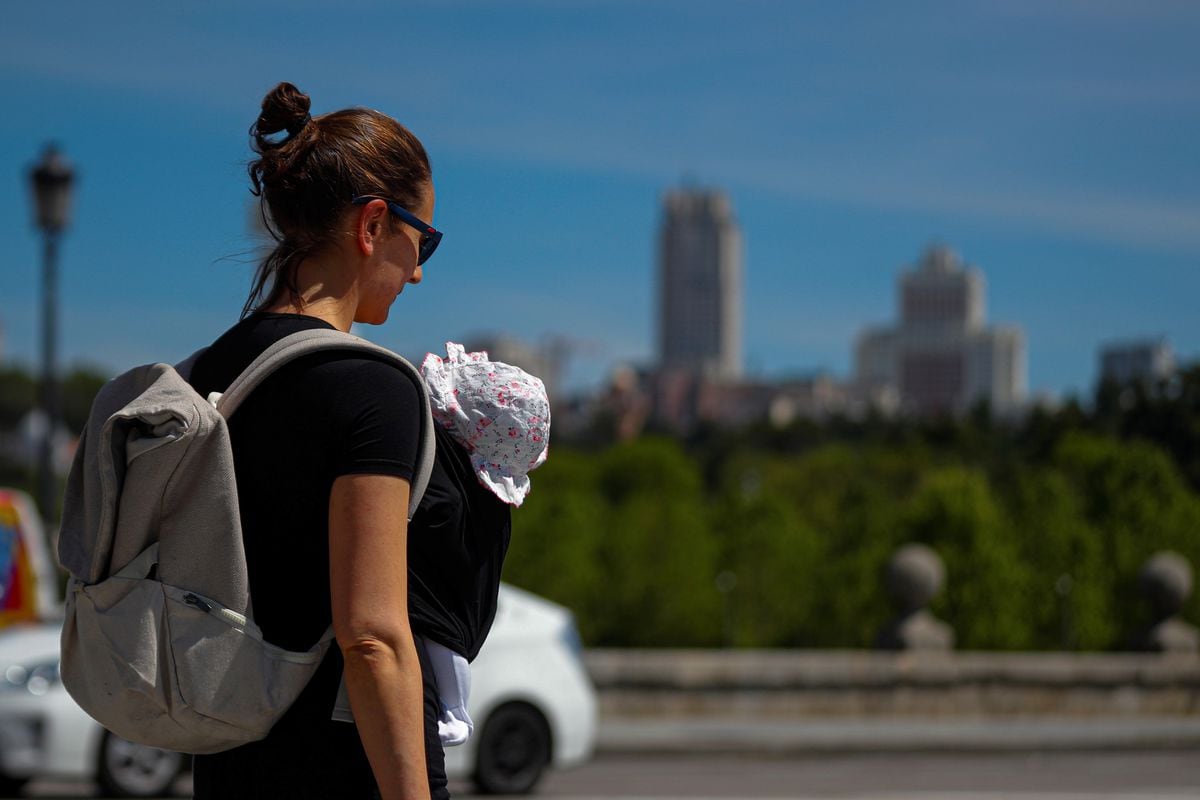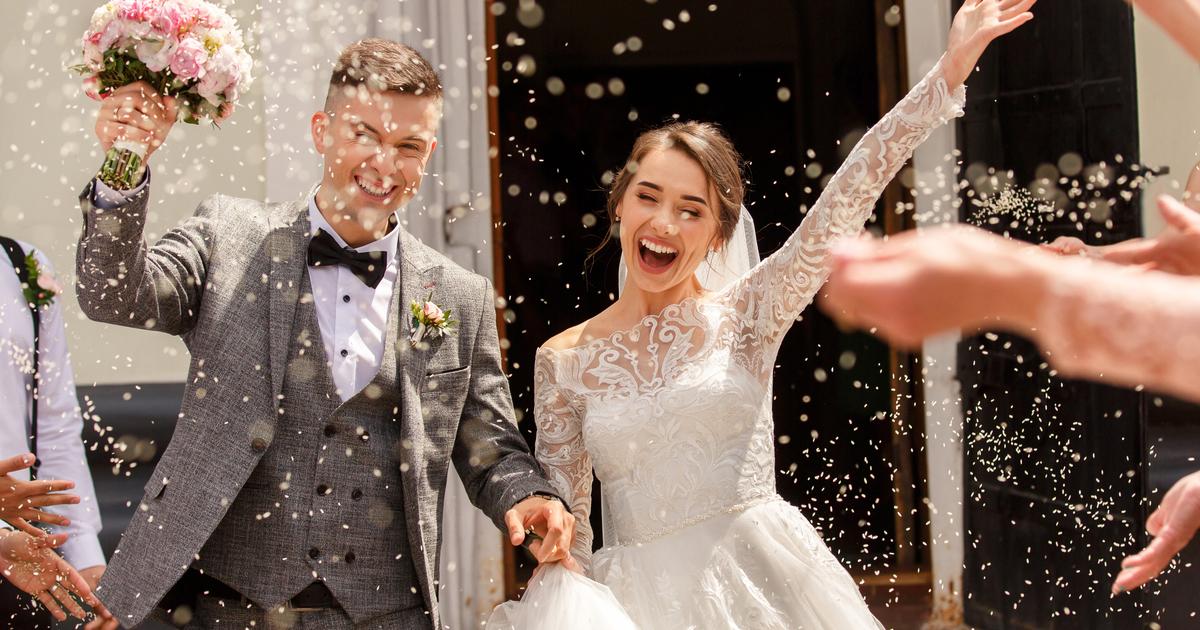The French still mostly live in pairs, but the proportion has decreased in recent decades.
In 2019, 59% of the adult population of France lived as a couple, compared to 66% between 1962 and 1982, according to a new study by INSEE.
Marriage, age, children, studies… These data, published on Tuesday, reflect the major changes in the married life of the French since the 1980s.
Fewer and later marriages
Their recent study confirms a trend that began several decades ago: the marriage crisis is gradually stabilizing.
Although the decline was very significant until the mid-1980s (there were nearly 400,473 marriages in 1970 against 275,692 in 1985), it was reduced thereafter.
In 2022, France will thus celebrate 244,000 marriages.
This last figure includes same-sex marriages, established in 2013 in France.
For the year 2022, there are 7,000 same-sex marriages.
The year 2020 has also seen a historic drop in the number of marriages (the lowest since the Second World War) due to the pandemic.
If a rise was expected for the following years, it was not as significant as expected: "
there was no catch-up of all canceled marriages in 2020
", specifies INSEE.
In addition, marriages are also occurring later and later.
While in 1970, women were on average 22.6 years old when they first married and men were 24.7 years old, French women are on average 31.5 years old in 2020 and French people are 33.1 years old. .
This trend can be explained by several factors: longer time devoted to studies, search for a first job, quotes INSEE among others.
We can add to this the evolution of the vision of marriage in society.
If the latter was seen as an essential step in the life of the French until the 1970s, it was gradually neglected.
The appearance of Pacs in the early 2000s also contributed to this decline.
This new type of marital contract occupies an increasingly important place in the life of the French: if in 2002, only 25,000 Pacs were celebrated, there were nearly 209,000 in 2018 (including 200,000 people of different sex).
One of the first consequences of this decrease is the logical increase in the proportion of children born out of wedlock.
In 2022, nearly 63.8% of babies were born out of wedlock;
they were only 37.2% at the start of the 1990s.
Young French people live less as a couple
If the French are less and less numerous to marry, they remain however majority to live in couple.
In 2019, in France nearly 59% of French people over the age of 18 lived as part of a couple.
It is all the same a decrease: this proportion was 66% between 1962 and 1982, recalls the INSEE.
This difference is mainly observed among the youngest, between 20 and 24 years old.
In 1975, 54% of women aged 20 to 24 lived in a couple compared to 32% of men.
The vast majority of them were married.
In 2019, the proportion of young girls aged 20 to 24 living in a couple fell to 25% and 14% among young men.
Read also“By dint of facilitating divorce, marriage is now less protected than a contract”
On the contrary, the elderly live more and more often as a couple thanks to the steady decline in mortality, which has drastically pushed back the age of widowhood.
As a reminder, in France, in 2022, the life expectancy of women at birth is 85.2 years.
For men, it is 79.3 years.
Thus, while only 16% of women aged 80 to 89 lived in a couple in 1999, in 2019 they are nearly 26%.
For men of the same age, we also observe the phenomenon: while 60% of them lived in a couple in 1999, in 2019 they are nearly 65%.
Time has widened the gaps according to diplomas
INSEE also underlines the fact that diplomas are a factor to be taken into account in the study of marital dynamics.
If the study distinguishes the situation of men from that of women, it nevertheless insists on the fact that the trends are similar.
Among men aged 30 to 39 today, the most educated are the most in a couple: 70.9% of men with a bac+3 degree lived in a couple in 2019 compared to only 60% of men with a CEP or a patent.
However, the proportions were almost identical in 1990: the most qualified were massively in couple (78.6%), just like the holders of a CEP or a patent (78%).
The same phenomenon is observed in women aged 30 to 39.
In 1990, 83.4% of women holding a CEP or a certificate lived as a couple, compared to only 65.4% in 2019. For their part, the most qualified women (more than bac+2 and more ) are always since 1990 between 60 and 70% to be in couple.
Between the ages of 30 and 39, among the most qualified women (bac+5 and more), three quarters live as a couple today (76%).
This proportion is lower by ten points among women without qualifications and only five points among holders of a baccalaureate.
However, after the age of fifty, the trend is reversed: women who have obtained a CAP or a BEP are those who most often live with their spouse.
Thus, between the ages of 65 and 74, 63% of them live as a couple, against only 56% of those who have a bac+5.












/cloudfront-eu-central-1.images.arcpublishing.com/prisa/KMEYMJKESBAZBE4MRBAM4TGHIQ.jpg)


